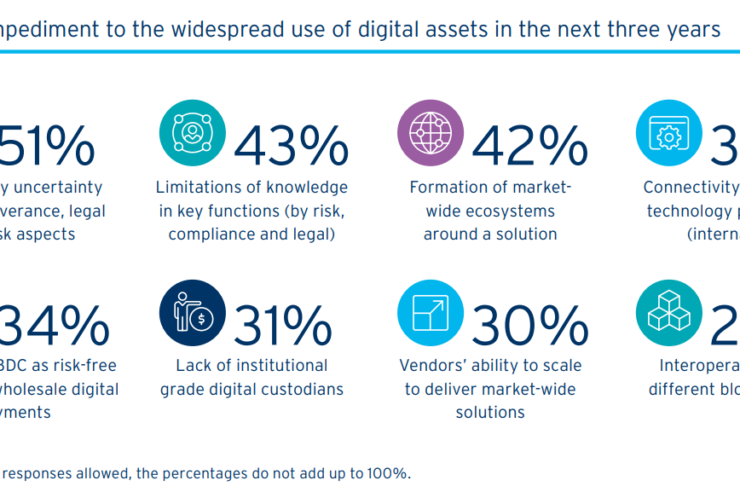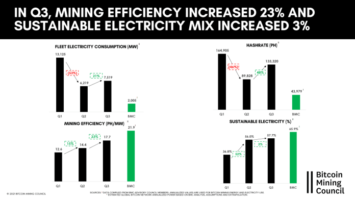Discussions around shortening local financial settlement cycles within the next five years have most securities firms eyeing central bank digital currencies (CBDCs).
Banking giant Citi’s latest edition of its Securities Services Evolution white paper highlighted India’s recent move to T+1 settlements, which ensures all trade-related settlements conclude within 24 hours of a transaction. As the United States, Canada and other leading economies step up efforts to transition to T+1 settlement cycles, the Citi survey gauges the importance of distributed ledger technology (DLT), CBDCs and stablecoins in expediting this transition.

Of the 483 survey respondents and 12 financial markets infrastructures (FMIs), 87% see CBDCs as a viable option for shorter settlement cycles by 2026. The support for CBDCs jumped by 21% among securities firms year-on-year.

The year-on-year growing support for digital fiat currencies is supported by domestic pilots and cross-border initiatives. The Citi report read:
“Recent crossborder multi-bank experiments are now providing detailed insights into how central bank funding can be operationalized in a digital context, both internally and across entire markets.”
However, over the next years, some of the major roadblocks to the widespread adoption of digital assets include regulatory uncertainties, limited knowledge, backward compatibility with traditional financial systems and blockchain interoperabilities, among others, as listed below:

Of the various financial institutions surveyed, institutional investors, banks and asset managers have the greatest ability to scale and deliver marketwide solutions — a crucial determinant to the widespread adoption of CBDCs, stablecoins and other centrally governable financial instruments.
By 2028, financial aspirations will move beyond T+1, envisions Citi’s report. Some anticipated changes will include the mainstreaming of DLTs, shorter settlement cycles, digital cash-focused funding mechanisms and the removal of core banking systems.
Related: Canadians have ‘weak incentives’ to use a CBDC: Bank of Canada
Just a month after India pitched the idea of conducting cross-border payments using its CBDC to 18 central banks, the Reserve Bank of Australia completed its in-house CBDC pilot.
We’ve released a report with the Digital Finance CRC @DigiFinanceCRC today on the findings from an Australian central bank digital currency pilot.https://t.co/bTT84yBp02#RBA #CBDC #Payments #DigitalPayments #Blockchain #FinTech pic.twitter.com/WXfe7lchHj
— Reserve Bank of Australia (@RBAInfo) August 23, 2023
The Australian central bank believes that a CBDC may support financial innovation in areas such as debt securities markets, and it could promote innovation in emerging private digital money sectors, enhancing resilience and inclusion within the wider digital economy.
Magazine: Should we ban ransomware payments? It’s an attractive but dangerous idea






















Comments (No)